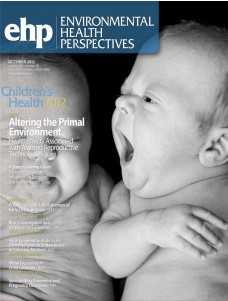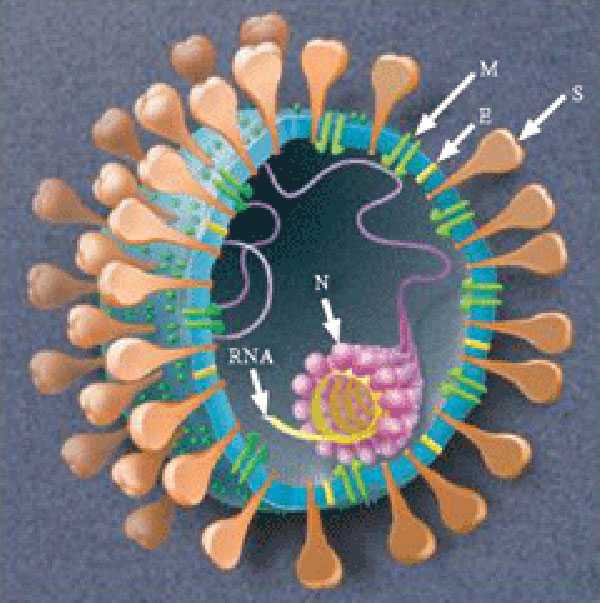Envir Heal Persp:基因突变或抵御机体发生砷中毒
2013-05-06 T.Shen 生物谷
数百万年来,进化不仅仅可以控制人类的发育,而且其对于现代人也影响巨大。这是一项在安第斯山脉一个阿根廷小山村进行的一项研究,在这里水中含有高浓度的砷。研究者对村民进行了长期的跟踪研究,发现其机体基因的突变可以使得机体产生足够的、低毒的砷代谢过程,这项研究由隆德大学等处的研究者共同进行,相关研究成果刊登到了国际杂志Environmental Health Perspectives上。 研究者Kari
数百万年来,进化不仅仅可以控制人类的发育,而且其对于现代人也影响巨大。这是一项在安第斯山脉一个阿根廷小山村进行的一项研究,在这里水中含有高浓度的砷。研究者对村民进行了长期的跟踪研究,发现其机体基因的突变可以使得机体产生足够的、低毒的砷代谢过程,这项研究由隆德大学等处的研究者共同进行,相关研究成果刊登到了国际杂志Environmental Health Perspectives上。
研究者Karin表示,我们知道许多细菌和植物都有增强对砷耐受的基因,此前并没有研究揭示此地区的人们是否存在抵御砷中毒的某些保护性基因。饮用水中高水平的砷和一系列的健康问题直接相关。其可以增加癌症风险、心脏病风险及糖尿病风险,对人的健康危害极大。
这项研究中,研究者研究者对该地区人们的基因进行了深入研究,将其机体基因与不同地区的本土人、来自秘鲁的混血儿以及哥伦比亚、墨西哥的本土人基因进行了比较分析。结果表明,三分之二的阿根廷村民携带有基因突变,其可以帮助村民加速对砷的代谢,而秘鲁村民仅仅有二分之一有,其它本土居民仅仅有14%的比例有这种代谢机制。
以前关于人类对环境毒性进化适应的研究非常少,然而,这项研究揭示了控制机体对毒物代谢的某些基因,而且不在不同的人群中存在不同的适应性,依赖于毒物在当地暴露的情况而定。研究者最后希望继续研究,绘制出相应的基因图谱,来提出增加人们对于毒性物质耐受性的相关策略。
与基因突变相关的拓展阅读:
- Sci Transl Med:与睡眠有关的基因突变与偏头痛有关
- JAMA:基因突变或改变低水平维生素D和机体副作用之间的关系
- NEJM:癌症种类由基因突变模式决定
- Sci TM:长Q-T综合征基因突变与发病风险有关
- Nat Genet :与肠癌相关两个罕见基因突变 更多信息请点击:有关基因突变更多资讯

Possible Positive Selection for an Arsenic-Protective Haplotype in Humans
Background: Arsenic in drinking water causes severe health effects. Indigenous people in the South American Andes have likely lived with arsenic-contaminated drinking water for thousands of years. Inhabitants of San Antonio de los Cobres (SAC) in the Argentinean highlands generally carry an AS3MT (the major arsenic-metabolizing gene) haplotype associated with reduced health risks due to rapid arsenic excretion and lower urinary fraction of the monomethylated metabolite. Objectives: We hypothesized an adaptation to high-arsenic living conditions via a possible positive selection for protective AS3MT variants and compared AS3MT haplotype frequencies among different indigenous groups. Methods: Indigenous groups were 1) inhabitants of SAC and villages close to Salta in Northern Argentina (N=346), 2) three Native American populations from the Human Genome Diversity Project (HGDP N=25), and 3) five Peruvian populations (N=97). The last two groups have presumably lower historical exposure to arsenic. Results: We found a significantly higher frequency of the protective AS3MT haplotype in SAC (68.7%) compared to HGDP (14.3%, P-value<0.001, Fisher exact test) and Peruvians (50.5%, P-value<0.001). Genome-wide microsatellite (N=671) analysis showed no detectable level of population structure between SAC and Peruvians (measure of population differentiation FST = 0.006) and low levels of structure between SAC and HGDP populations (FST < 0.055 for all pairs of populations compared). Conclusions: Since population stratification seems unlikely to explain the differences in AS3MT haplotype frequencies, our data raises the possibility that, during a few thousand years, natural selection for tolerance to the environmental stressor arsenic may have increased the frequency of protective variants of AS3MT. Further studies are needed to investigate this hypothesis.
本网站所有内容来源注明为“梅斯医学”或“MedSci原创”的文字、图片和音视频资料,版权均属于梅斯医学所有。非经授权,任何媒体、网站或个人不得转载,授权转载时须注明来源为“梅斯医学”。其它来源的文章系转载文章,或“梅斯号”自媒体发布的文章,仅系出于传递更多信息之目的,本站仅负责审核内容合规,其内容不代表本站立场,本站不负责内容的准确性和版权。如果存在侵权、或不希望被转载的媒体或个人可与我们联系,我们将立即进行删除处理。
在此留言











#砷中毒#
67
#ERS#
50
#PE#
54
#中毒#
59
#砷#
61